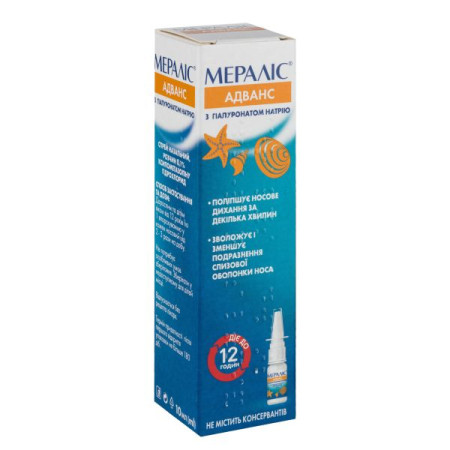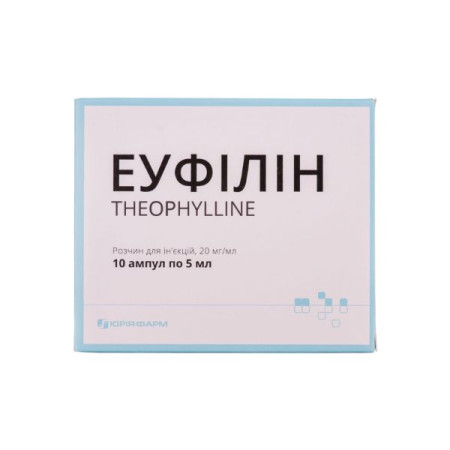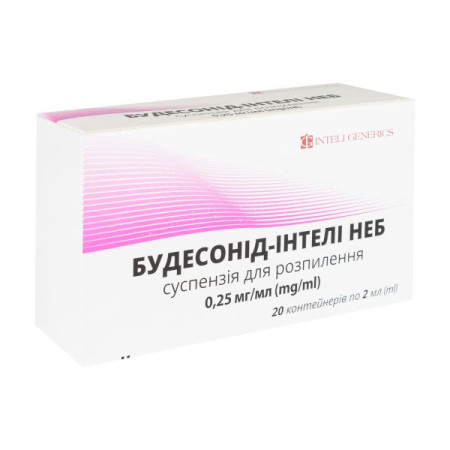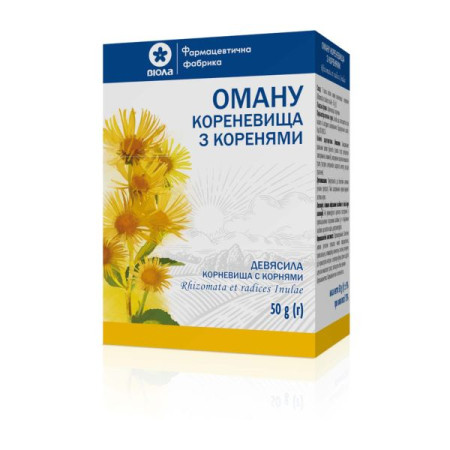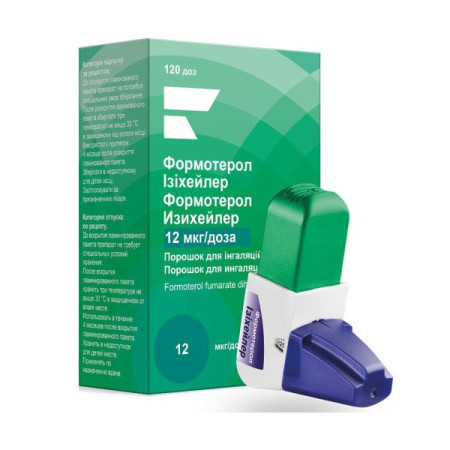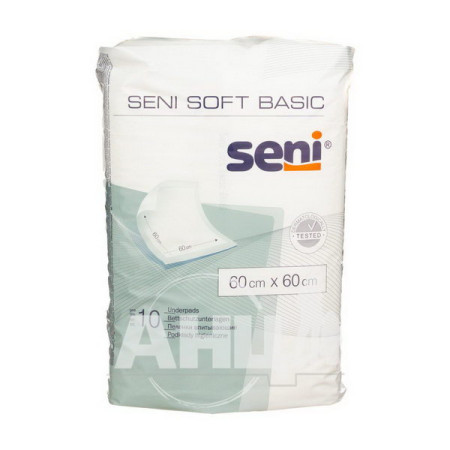Grippostad rhino 0.1% nasal spray solution 0.1% bottle 10 ml

Instructions Grippostad rhino 0.1% nasal spray solution 0.1% bottle 10 ml
Composition
active ingredient: xylometazoline hydrochloride;
1 ml of solution contains xylometazoline hydrochloride 1 mg;
Excipients: benzalkonium chloride solution; citric acid, monohydrate; sodium citrate; glycerin (85%); purified water.
Dosage form
Nasal spray, solution.
Main physicochemical properties: transparent, almost colorless solution, does not contain visible extraneous particles, odorless.
Pharmacotherapeutic group
Anti-edematous drugs for topical use in diseases of the nasal cavity. Sympathomimetics, simple drugs. ATX code R01A A07.
Pharmacological properties
Pharmacodynamics
Xylometazoline is an imidazoline derivative, an alpha-adrenergic sympathomimetic. It directly stimulates alpha-adrenergic receptors and constricts blood vessels. When applied topically, it reduces swelling of the nasopharyngeal mucosa. It restores nasal passage patency and facilitates nasal breathing by decongesting the mucosa and improving secretion drainage.
The drug begins to act after 5-10 minutes and continues to act for several hours (on average 6-8 hours).
With intranasal administration, the amount of drug absorbed may sometimes be sufficient to produce systemic effects, for example in the central nervous system and cardiovascular system.
Pharmacokinetics
When applied topically, xylometazoline is almost undetectable in blood plasma (the concentration in blood plasma is below the detection limit).
Indication
Symptomatic treatment of nasal congestion in colds, hay fever, other allergic rhinitis, sinusitis; to facilitate the outflow of secretions in diseases of the paranasal sinuses; adjunctive therapy in cases of otitis media (to eliminate swelling of the mucous membrane); to facilitate rhinoscopy.
Contraindication
Hypersensitivity to xylometazoline or any other component of the drug, acute coronary disease, coronary asthma, hyperthyroidism, angle-closure glaucoma, transsphenoidal hypophysectomy and surgical interventions with meningeal exposure in history, dry rhinitis (rhinitis sicca) or atrophic rhinitis. Concomitant treatment with MAO inhibitors and within 2 weeks after their discontinuation.
Interaction with other medicinal products and other types of interactions
Monoamine oxidase inhibitors (MAO inhibitors): Xylometazoline may potentiate the effects of MAO inhibitors and induce hypertensive crisis. Do not use Xylometazoline in patients who are taking or have taken MAO inhibitors within the last two weeks.
Tri- and tetracyclic antidepressants: with simultaneous use of tri- or tetracyclic antidepressants and sympathomimetic drugs, the sympathomimetic effect of xylometazoline may be enhanced, therefore the simultaneous use of such drugs is not recommended.
When used with beta-blockers, it may cause bronchial spasm or a decrease in blood pressure.
Application features
GRIPPOSTAD RINO 0.1% NASAL SPRAY should be used by adults and children over 12 years of age.
The drug should not be used for more than 10 consecutive days. Prolonged or excessive use may lead to the recurrence of nasal congestion and/or atrophy of the nasal mucosa.
The drug, like other sympathomimetics, should be prescribed with caution to patients who have strong reactions to adrenergic agents, manifested as insomnia, dizziness, tremor, cardiac arrhythmia or increased blood pressure.
The recommended dose of the drug should not be exceeded, especially when treating children and the elderly.
The drug should be prescribed with caution to patients with cardiovascular diseases, arterial hypertension, diabetes mellitus, hyperthyroidism, pheochromocytoma, prostatic hypertrophy, and should not be used in patients receiving concomitant treatment with MAO inhibitors and within 2 weeks after discontinuation of their use.
Patients with long QT syndrome who receive xylometazoline may be at increased risk of serious ventricular arrhythmias.
The drug contains benzalkonium chloride, which may cause irritation of the nasal mucosa.
Ability to influence reaction speed when driving vehicles or other mechanisms
The drug usually has no or negligible influence on the ability to drive or use machines.
Use during pregnancy or breastfeeding
The drug should not be used during pregnancy due to potential vasoconstrictor effects.
There is no evidence of any adverse effects on the infant. Due to the lack of data on whether the active substance is excreted in breast milk, the drug should not be used during breastfeeding.
Fertility.
There are no adequate data on the effect of the drug on fertility. Since the systemic exposure to xylometazoline hydrochloride is very low, the likelihood of an effect on fertility is extremely low.
Method of administration and doses
GripPostad Rhino 0.1% Nasal Spray should be used by adults and children over 12 years of age, 1 spray into each nasal passage up to 3 times a day. Do not use more than 3 times in each nasal passage per day.
The duration of treatment depends on the course of the disease and should not exceed 10 consecutive days.
The spray should be applied as follows:
Clean your nose thoroughly before using the product; spray once into each nostril and hold your head back for a short time to allow the product to spread throughout your nose; to prevent infection, each bottle of the product can only be used by one person.
The last application is recommended immediately before bedtime.
Children.
GripPostad Rhino 0.1% Nasal Spray should not be used in children under 12 years of age.
Overdose
Excessive topical application of xylometazoline hydrochloride or accidental ingestion may result in severe dizziness, increased sweating, a significant decrease in body temperature, headache, bradycardia, arterial hypertension, respiratory depression, coma and convulsions. Elevated blood pressure may change to low blood pressure. Young children are more sensitive to toxicity than adults.
All patients suspected of overdose should be given appropriate supportive measures and, if necessary, immediate symptomatic treatment under medical supervision. Medical care should include observation of the patient for several hours. In the case of severe overdose accompanied by cardiac arrest, resuscitation measures should last at least 1 hour.
Adverse reactions
On the part of the immune system:
rare (<1/10,000): hypersensitivity reactions, including angioedema, rash, itching.
From the nervous system:
common (≥1/100, <1/10): headache.
On the part of the organs of vision:
rare (<1/10,000): temporary visual impairment.
From the cardiovascular system:
rare (<1/10,000): irregular or rapid heartbeat.
Respiratory, thoracic and mediastinal disorders:
common (≥1/100, <1/10): dryness or discomfort of the nasal mucosa.
From the digestive system:
common (≥1/100, <1/10): nausea.
General disorders and administration site conditions:
common (≥1/100, <1/10): burning sensation at the application site.
Expiration date
5 years.
Shelf life after opening the bottle: 6 months.
Do not use the drug after the expiration date.
Storage conditions
Store at a temperature not exceeding 25 °C.
Keep out of reach of children.
Packaging
10 ml of solution in brown glass bottles with an automatic sprayer and nasal tip in a cardboard box.
Vacation category
Without a prescription.
Producer
STADA Arcneimittel AG, Germany.
Location of the manufacturer and its business address
Stadtstrasse 2-18, 61118 Bad Vilbel, Germany.
There are no reviews for this product.
There are no reviews for this product, be the first to leave your review.
No questions about this product, be the first and ask your question.







